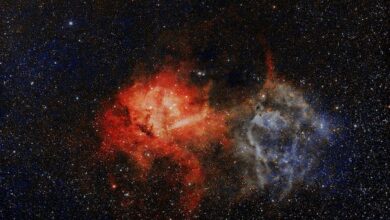shemle star db The Fascinating World of Celestial Databases

The study of stars has been an integral part of human history, shemle star db evolving from ancient mythologies to sophisticated modern astronomy. Today, the information about these celestial bodies is organized and cataloged in what is commonly known as a star database.
Understanding Star Databases:
A star database is a structured collection of data related to celestial objects, primarily stars. These databases are essential tools for astronomers, researchers, and space enthusiasts, providing a wealth of information about the properties, positions, and characteristics of stars.
-
Star Catalogs:
One of the fundamental components of a star database is a star catalog.
-
Stellar Properties:
Star databases house data on a wide range of stellar properties, including luminosity, temperature, mass, and composition. This information enables astronomers to categorize stars into different classes and study their life cycles, from formation to eventual demise.
-
Positional Data:
Accurate positioning of stars is crucial for observational purposes. shemle star db Star databases provide precise celestial coordinates, allowing astronomers to locate and study specific stars using telescopes or other astronomical instruments. This positional data is vital for mapping the sky and understanding the distribution of stars within our galaxy and beyond.
-
Exoplanets and Star Systems:
Discoveries of exoplanets have expanded our understanding of the potential for habitable worlds and the diversity of planetary systems in the universe.
-
Research and Exploration:
Scientists use star databases shemle star db for various research purposes, from studying the formation of galaxies to investigating the dynamics of star clusters.
Conclusion:
These repositories of celestial data empower astronomers to unlock the mysteries of the universe, from the smallest stars to the grandest galaxies.


